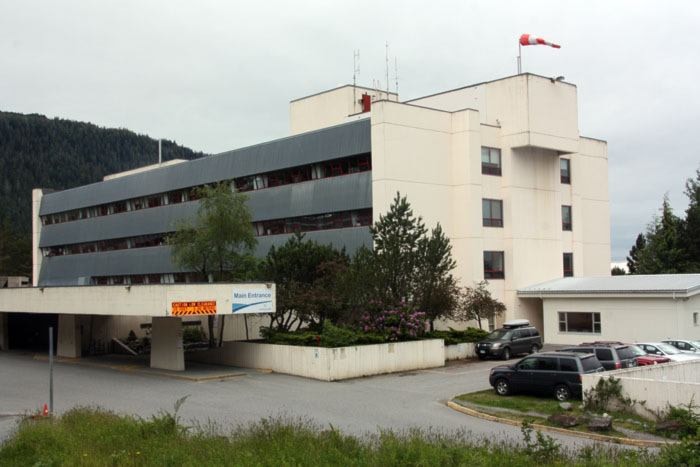A City Hall commissioned review of Prince Rupert’s medical facilities and their equipment found that the local hospital offers more medical services than other facilities in Northern BC.
The variety of these services is constantly on the rise, due in no small part to the community support in helping buy new medical equipment. That said, there are problems such as a shortage of beds and chronic difficulties in attracting new staff.
The review was done by the City’s Medical Facilities and Equipment Standing Committee, which was formed by council in April 2011 to perform the review and then report their findings back to council. At the council meeting on Monday, committee members Kathy Bedard and Marty Bowles came to City Hall to do just that.
“You never really know what you have in a community until you actually have an opportunity to speak to staff and to see the actual facility in motion and in play,” says Kathy Bedard, who like the other committee members, volunteered her time to do the review
Aside from visiting the hospital in Prince Rupert, committee members also examined the Bulkley Valley Hospital, Dawson Creek’s hospital as well as Quesnel’s, Terrace’s and Campbell River’s.
They found that out of all of these hospitals, Prince Rupert’s provides the most medical services. Out of a checklist of 70 different medical services provided by hospitals in the region, Prince Rupert had 56 of them available to its patients. The next highest was Campbell River – a community with a bigger population than Rupert’s – which had 50 out of 70.
“We stand out as a service hospital that has physiotherapy and the only cancer services in the above mentioned facilities. As of March 2012, during our conversation with hospital staff, Prince Rupert now has specialized general practitioner in Oncology,” says Bedard.
“Dermatology will be available as soon as the specialist and equipment are in place. Tele-Health is available as a regional clinic; it’s one of three pilot projects in the province because of our high statistics of heart failure. And our new psychiatrist has a growing patient load.”
The review also the hospital’s medical equipment insofar as what it has on site and what it needs. The hospital spends about $200,000 a year on upgrades and improvements to its minor equipment.
Purchases over $100,000 have to be approved by the Northern Health Authority and this is where the bulk of the funding for the hospital’s big purchases comes from.
But the hospital depends heavily on help from the community to afford additional medical equipment. The North Coast Health Improvement Society for instance is currently fundraising to buy the hospital a bone density machine and the Prince Rupert Lions Club recently donated a state-of-the-art medical crib.
"Our hospital is reasonably well equipped. As with any other hospital in BC, we are chronically underfunded and if it was not for the generous donations from the community, we would have a big shortage of up to date and state-of-the-art equipment,” says Dr. Marius Pienaar, the hospital’s gynecologist, told the committee.
There are some issues though.
For one, the Prince Rupert Regional Hospital is at 90 to 95 percent capacity most of the time and they actually run out of space for new patients an average of one week every month. When this happens the hospital often uses the BC Bedline service to find vacancies in other hospitals.
“ I have no idea what the rest of the province is like, but if you have to move people out of town one week out of every four, that seems to me to be problematic,” says councilor Joy Thorkelson.
Another ongoing issue for the hospital is a difficulty in finding new staff, particularly when it comes to getting locals to fill much-needed support positions. Committee members felt that this was one of the most important issues to the hospital staff and administration members they talked to.
“[The problem is] getting the people, especially in the nursing field. It is very difficult to get those qualified people and when we were in Acropolis Manor is was extremely difficult to get those specialized people. It’s finding the people, not necessarily the money or funding,” says committee member Marty Bowles.
The committee suggested that there should be some kind of marketing campaign to get more locals who already know they want to live in Prince Rupert to train to fill the needed positions, and perhaps the city could be a part of that.
If you would like to read the full report it is available here (page 14).
